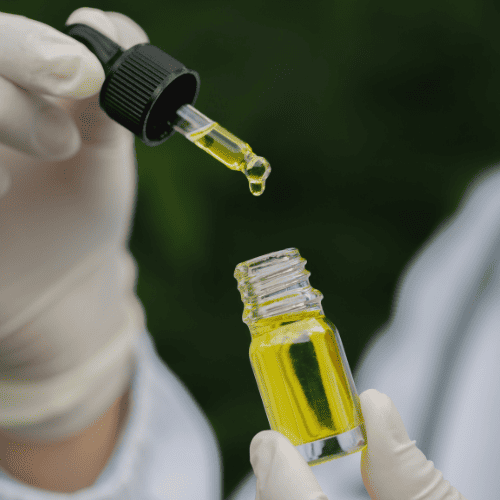
In recent years, medical marijuana has gained popularity for treating a range of medical problems, from chronic pain to anxiety and depression. Many individuals are still confused about the chemical make-up of cannabis and how it affects the body, though. More than 100 distinct cannabinoids, the plant’s active ingredients responsible for its therapeutic effects, are present in cannabis. Tetrahydrocannabinol (THC) and cannabidiol are the two most well-known cannabinoids (CBD).
The psychoactive properties of cannabis, such as the “high,” are caused by the cannabinoid THC. To exert its actions, it binds to receptors in the brain and central nervous system. THC is a strong analgesic that has been demonstrated to be beneficial in the treatment of multiple sclerosis, glaucoma, and chronic pain.
Conversely, CBD doesn’t have the same intoxicating effects as THC. Numerous therapeutic advantages have been demonstrated for it, including lowering anxiety and depression, reducing pain and inflammation, and even treating some forms of epilepsy. When compared to THC, CBD binds to distinct receptors in the body, such as those implicated in anxiety, pain, and inflammation.
Cannabis contains additional cannabinoids, such as cannabigerol (CBG) and cannabinol (CBN), as well as terpenes, which are fragrant molecules that give the plant its characteristic smell. The “entourage effect” describes how these substances interact to produce cannabis’s diverse medicinal effects. It is necessary to understand the chemical makeup of cannabis in order to use it safely and efficiently for medical purposes.

